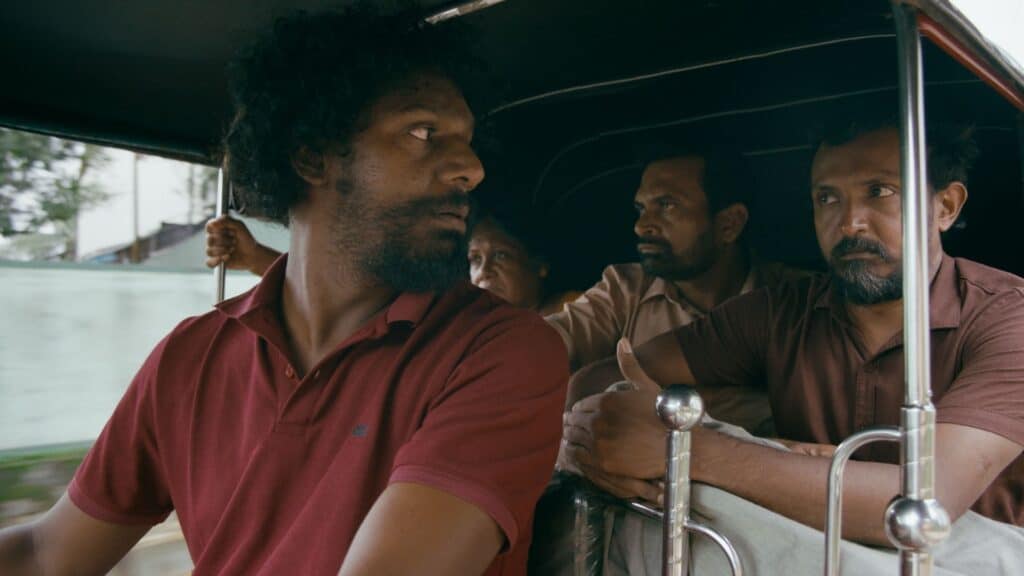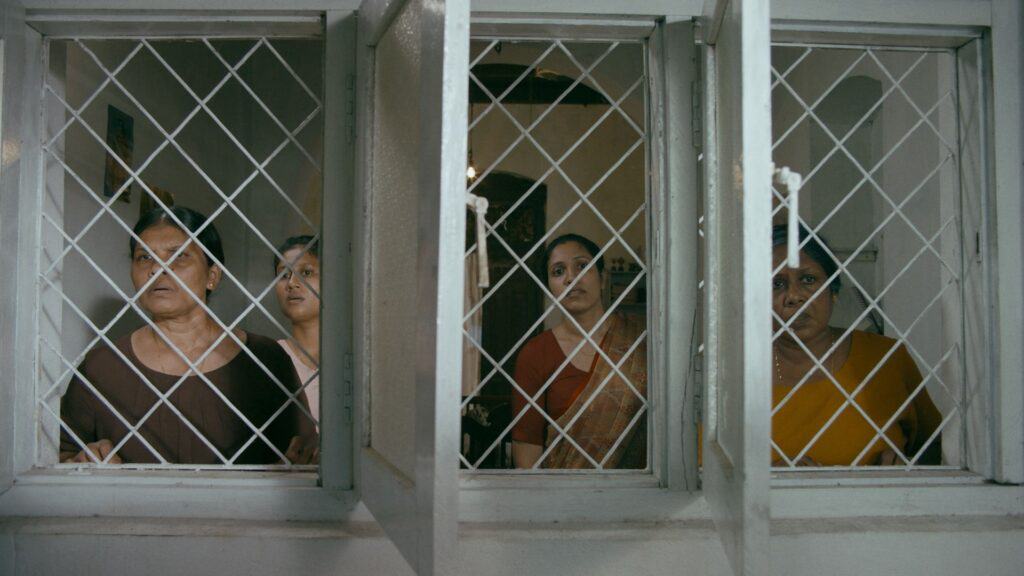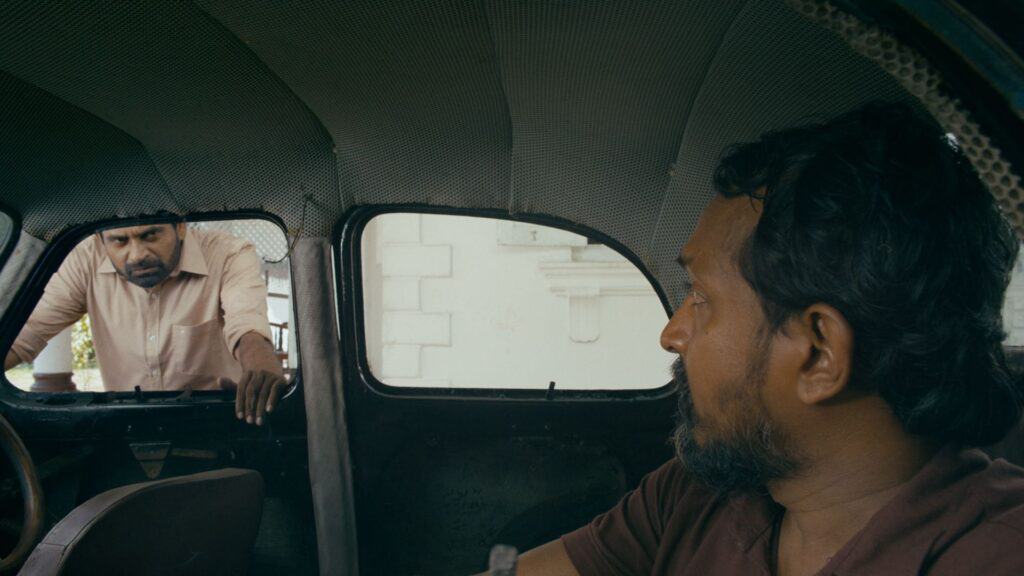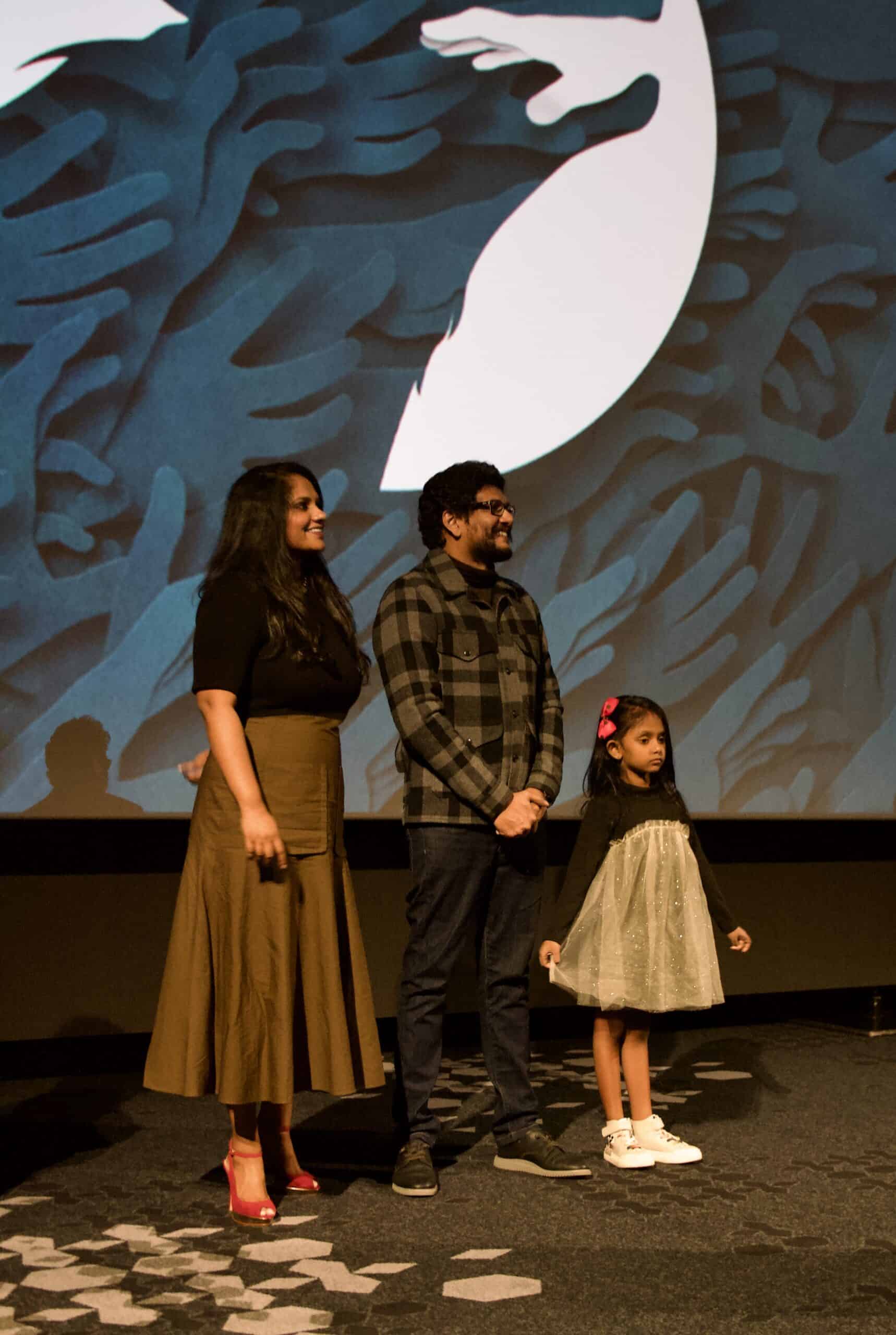I saw Tentigo (reviewed here) by Ilango Ram at the Black Nights Film Festival. It turned out to be one of the nicest surprises at the festival. After the screening, I was able to conduct an interview with Ilango Ram and the producer, Hiranya Perera.
This is your first feature together and Ilango’s first feature as a director. So, first of all, how did this project start?
Ilango Ram: So, actually, I was working on another project, a very serious one. It’s about a mother looking for a missing son. It’s about the Sri Lankan Civilian War. It was a very intense script. I interviewed almost 50-odd mothers. It was tough and painful to hear their stories. Eventually, I realised I would need much more time for that project. There are so many things to understand. I needed some time to come out of it. So, I thought that I wanted to make something simple. Then, I got this idea out of nowhere. I told my producer and wife, look, I’m going to do something different. Then, we were selected in a co-production market.
Was it the idea with the erection that spawned the project or the symbolism?
IR: It was kind of both. I want to question the power and symbolism of a tower, which is the token male symbol. In Colombo, they built a huge tower to show their power. It’s called Lotus Tower. That’s the original title of the film, Nelum Kuluna.
Hiranya Perera: It’s more like a mockery if you say the male genitals represent power and masculinity, but ironically, that’s the most sensitive organ of the human body. So, the tower is supposed to show the country’s power, but is that what Sri Lanka has right now? It’s actually a country in a severe financial crisis.
I was curious about that. Are there many references in the film that a foreign spectator would not understand?
IR: Yes, the family, for instance, used to be very powerful, but their power is fading, just like the magnificent house they live in is getting more and more worn. The family used to be very prominent in a political way. They were well-off, but they still see themselves that way. They have their pride.
IR: In the scene where the legs stick out of the three-wheeler, the driver puts a red knot on the toe. That is a common practice, but the colour red is also associated with the former president, so a local audience would get that, and it would be another reason to laugh at that scene.

You were also the cinematographer of the film. I’m thinking of one of the first shots when the father is found. The camera is at a low angle, which emphasises the stairs above him. It’s a striking shot in its own regard, but I wonder if it is supposed to say something about hierarchies as well.
IR: Yes, it symbolizes the power he and the family once had. You see the grandeur of the house, but it’s not that powerful anymore. Also, from a cinematographer/director’s point of view, I needed the actors to act freely, without any comedic conventions. I told them to act very seriously and not regard the film as a comedy at all. Initially, that was confusing for them.
The deadpan delivery actually makes it funnier for the audience.
IR: Yes, it works better for the audience, but these actors had mostly done very serious things before. This was something new for them, but they soon got what I was looking for. The advantage of shooting the film myself was that it was easy to adopt a freestyle way of filmmaking. For this project, I didn’t want to tell them exactly where to stand in every scene. That is a must for certain scripts, but here I was going for something different. I wasn’t particularly bothered by slight inconsistencies in the cinematography.
In most of the shots, I was handling the camera, but In most shots, I wanted a particular angle, so I put two sticks under my arms and attached the camera to them. I didn’t want to wear it on my shoulder because that would be more of God’s eye view, but this worked very well.
That sounds really original. Which camera did you use?
IR: RED, but we combined it with Cooke lenses because I wanted a film look. During the grading, we tried to make it as cinematic as possible.

The film doesn’t have the exotic look many festival films might have. This looks like a place where people live, not a place you are trying to entice tourists to visit.
IR: During the grading, it was very important for us that it should look “real” and not commercialised at all.
HP: With the music, we wanted to illustrate the disturbance that the family is facing.
It’s very striking. It feels like a woodpecker or something.
HP: The music director (Leon Bob James) used a wide range of old instruments from around the world that are hardly in use anymore. He can play around 50 different instruments.
IR: We also wanted to use the music and the different sounds to create an ambiguous feeling in the scenes. Instead of creating a typical comedy scene, I wanted to combine the elements and let the spectator decide how to react.
IR: Maybe more concerning the other project I mentioned about the mother and the missing son; I had some references. For example, Son of Saul. When it comes to Tentigo, everything came naturally. I’m normally a very serious person, but with this film, I wanted to enjoy myself. I even told the actors not to rehearse because, with each rehearsal, it would become more monotonous, and I wouldn’t get to the soul of the scene.

Where will Tentigo go from here?
IR: When we pitched the project in India in 2018, there was a big buzz around it, but they wanted to make the film in India and in other languages.
The film is in Sinhalese?
IR: Yes, I wasn’t comfortable with the film being made in India like that. I thought I wanted to make it in a culture and language I know and understand, so that’s how we made it.
HP: Then we pitched the project to the Asian Continental Market in Busan. There was a buzz there as well, and a Korean company was interested in remaking rights for the film. Then we went back to Sri Lanka. Once the film was completed, we showed it to people in India, and they loved it. A prominent Indian company wanted remake rights, so Ilango will remake Tentigo in Tamil in India.
That’s quite a big deal since this is the first Sri Lankan film to be remade in another country. It’s usually the other way around. There are lots of Indian and Korean films in Sri Lanka, so we’re breaking that norm. The Korean remake is not confirmed yet. It’s still under negotiation. We are reversing the rules, which is a big step for the Sri Lankan film industry because our industry is so small.
